Mood Board:
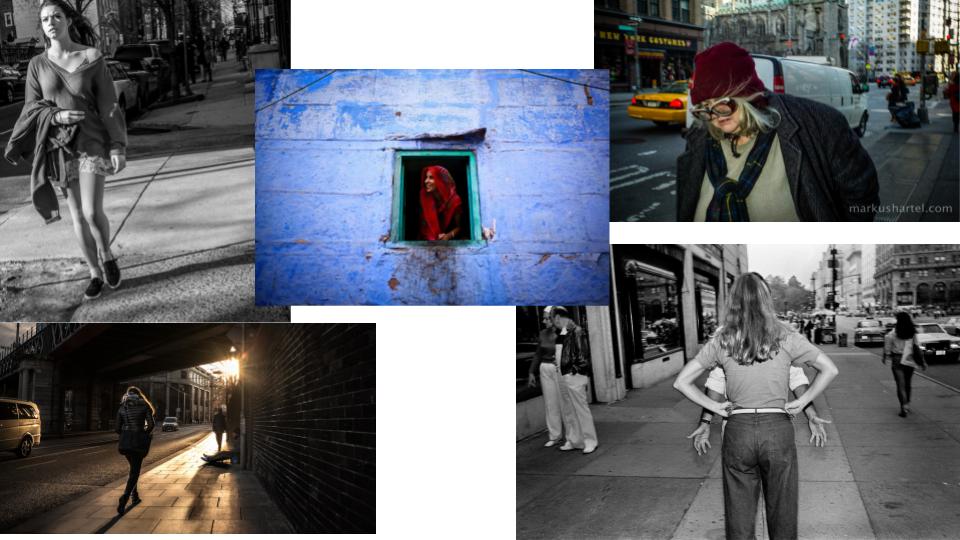
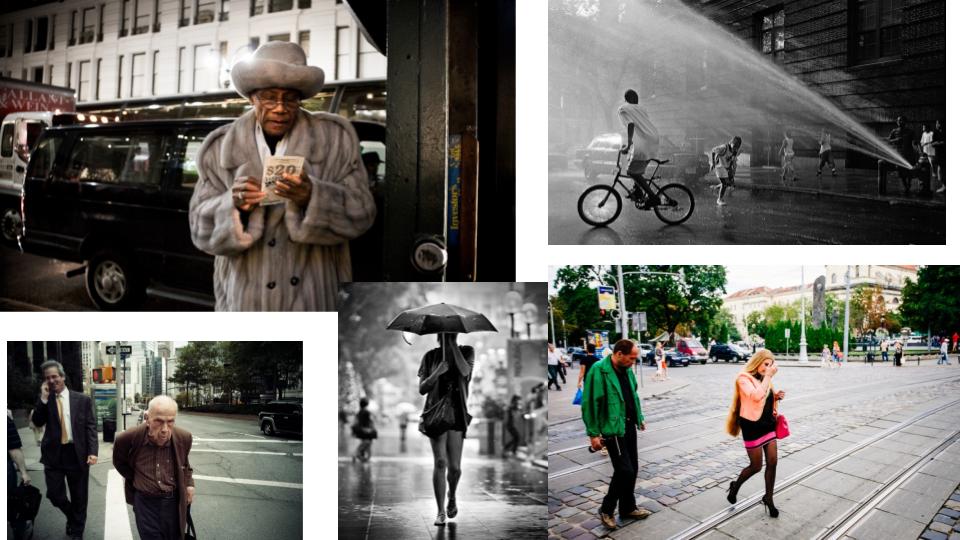
My Response:

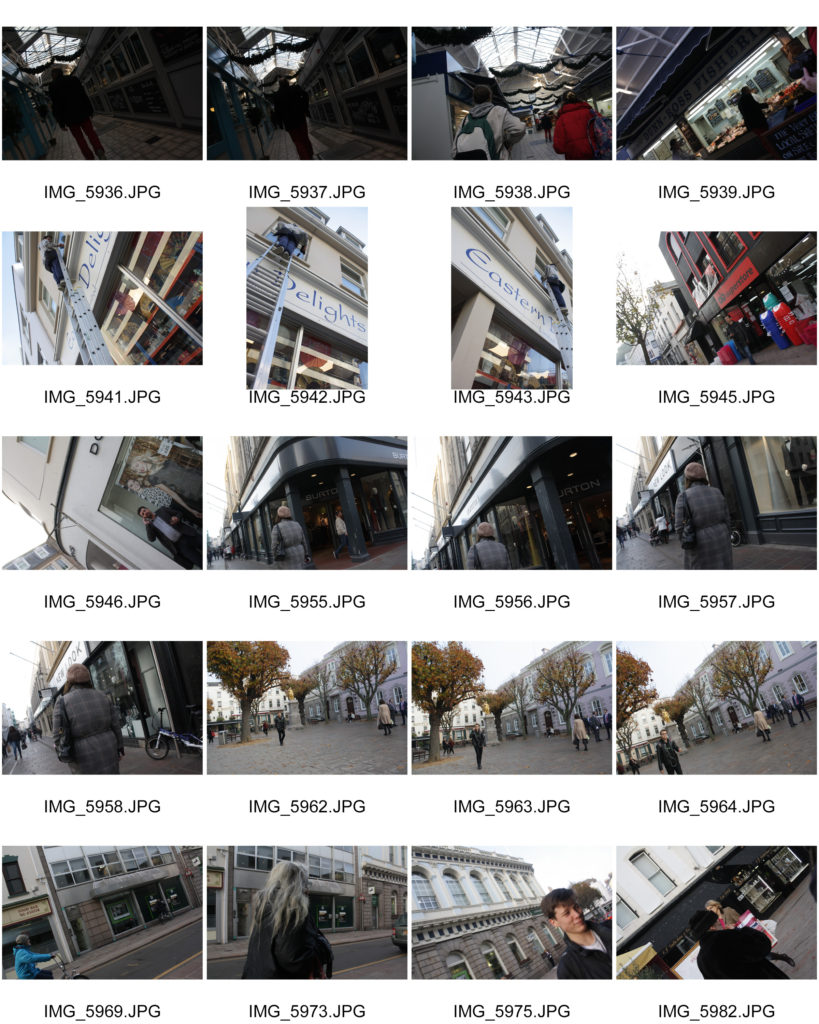
Final Images:
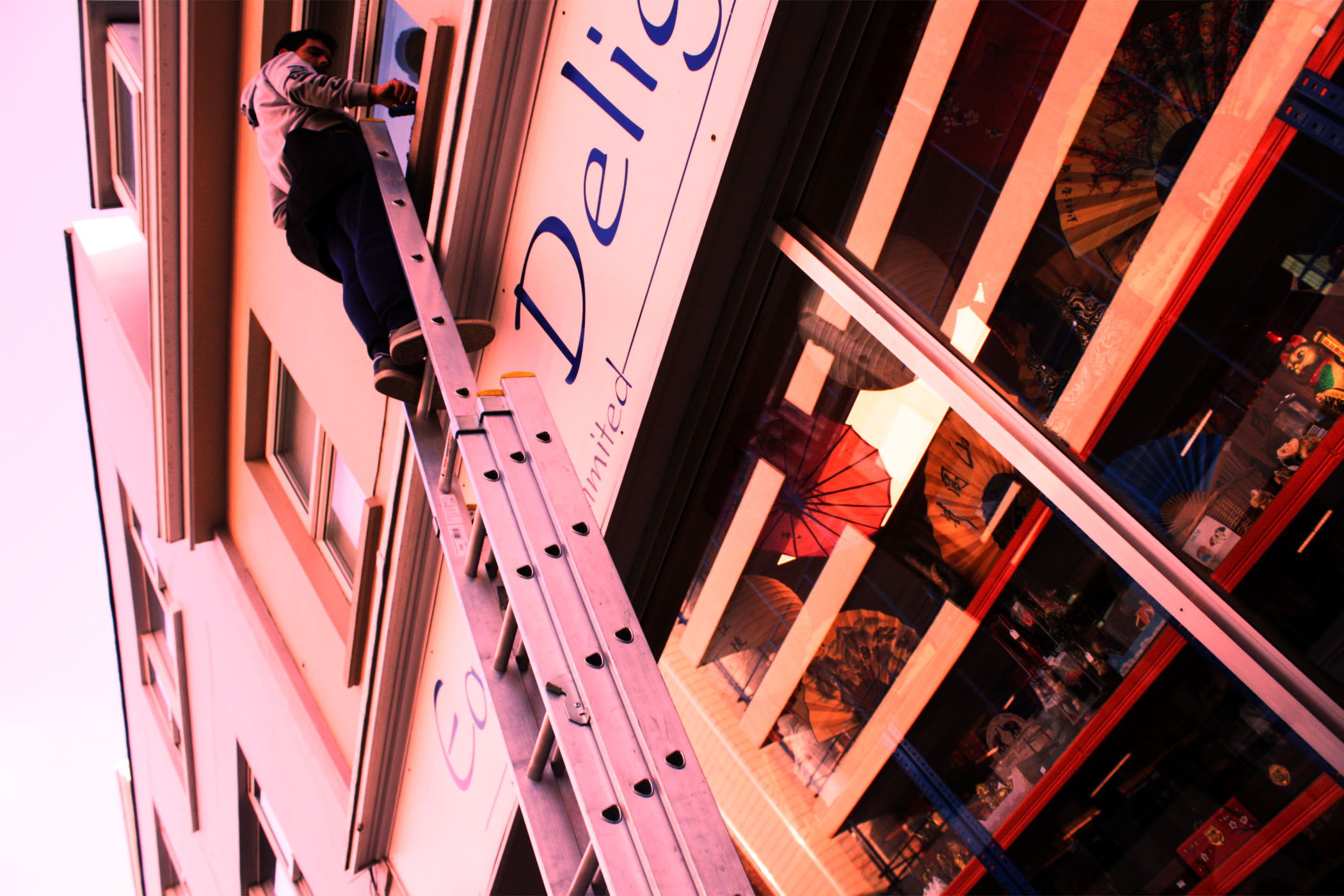
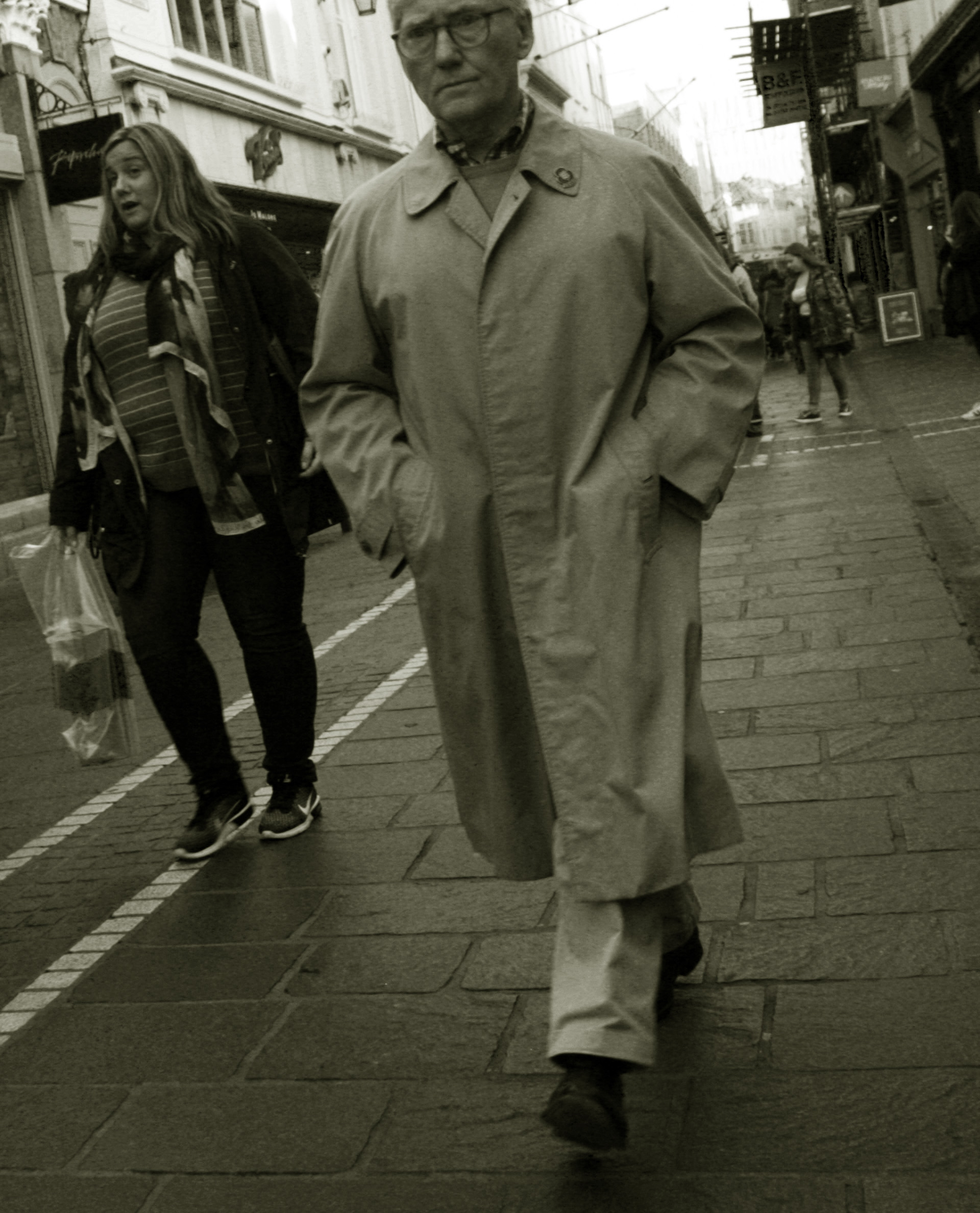
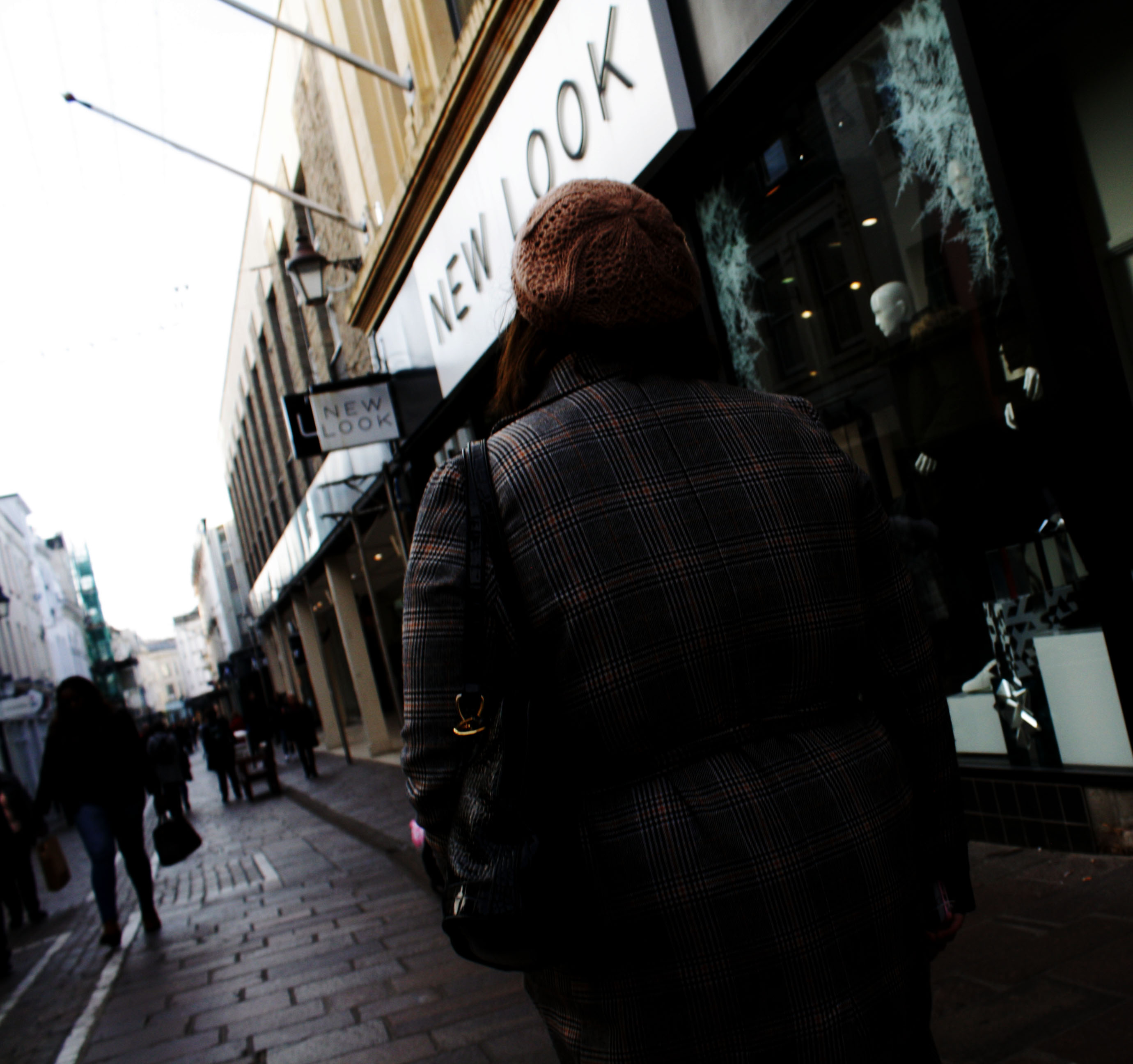
Mood Board:


My Response:


Final Images:



Henri Cartier-Bresson and Bruce Gilden:
Bruce Gilden (born 1946) is an American street photographer. He is best known for his candid close-up photographs of people on the streets of New York City, using a flashgun. He has had numerous books of his work published, has received the European Publishers Award for Photography and is a Guggenheim Fellow.
Some of Bruce Gilden’s work:
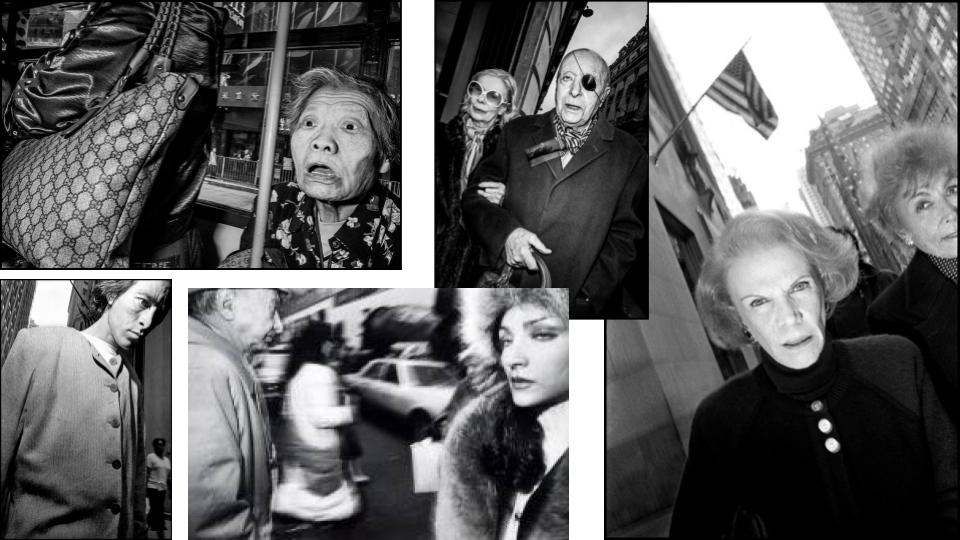
Gilden’s work is very different from the work of as it is more up close and intimate. Cartier-Bresson photographed subjects from further away and incorporated elements of the setting and other objects in his images to create a composition with a strong sense of communication between the subject and the rest of the image while Gilden’s work is largely composed of close up images of individuals or groups of people, focusing more on the obscurity of the subject themselves as opposed to the surrounding and how it intertwines with the scene.
Henri Cartier-Bresson and Vivian Maier:
Vivian Maier (born in February 1, 1926 – April 21, 2009) was an American amateur street photographer, who was born in New York City, but grew up in France. … Fondly remembering Maier as a second mother, they pooled together to pay for an apartment and took the best of care for her.
Some of Vivian Maier’s work:

Vivian Maier’s work is similar to that of Cartier-Bresson as it is composed of a subject in a specific setting. However Maier’s work is based more on the subject, incorporating the setting to a lesser extant that the images produced by Cartier-Bresson. One thing that is strikingly different between the work of the two photographers is that Cartier-Bresson predominantly used unaware subjects in his work whereas Maier tends to have people looking at or atleast aware of the lens. This creates a different sort of intimacy between the photographer and the subject.
Henri Cartier-Bresson and Trent Parke:
Trent Parke (born in 1971) was raised in Newcastle, New South Wales. Using his mother’s Pentax Spotmatic and the family laundry as a darkroom, he began taking pictures when he was around 12 years old. Today, Parke, the only Australian photographer to be represented by Magnum, works primarily as a street photographer.
Some of Trent Parke’s work:

One difference between the work of Cartier-Bresson and Parke is that Parke’s photographs tend to be darker, both visually and conceptually with the images having a more stark contrast as well as a darker message behind them. Parke’s work reflects dream-like compositions with the photographer including edited or partially blurry background/blurry image through editing or changing shutter speed. While Cartier-Bresson’s work is largely joyful and full of eye catching scenarios involving every day people instead of a mysterious or enigmatic feel.
“The Decisive Moment” – Henri Cartier-Bresson:
Henri Cartier-Bresson was born on August 22, 1908 in Chanteloup, France. A pioneer in photojournalism, Cartier-Bresson wandered around the world with his camera, becoming totally immersed in his current environment. Considered one of the major artists of the 20th century, he covered many of the world biggest events from the Spanish Civil War to the French uprisings in 1968.
In his early years, Cartier-Bresson was widely considered one of the leading artistic forces of the 20th century, Henri Cartier-Bresson was born on August 22, 1908 in Chanteloup, France. The oldest of five children, his family was wealthy—his father made a fortune as a textile manufacturer—but Cartier-Bresson later joked that due to his parents’ frugal ways, it often seemed as though his family was poor.
Images from Henri Cartier-Bresson’s “The Decisive Moment”:
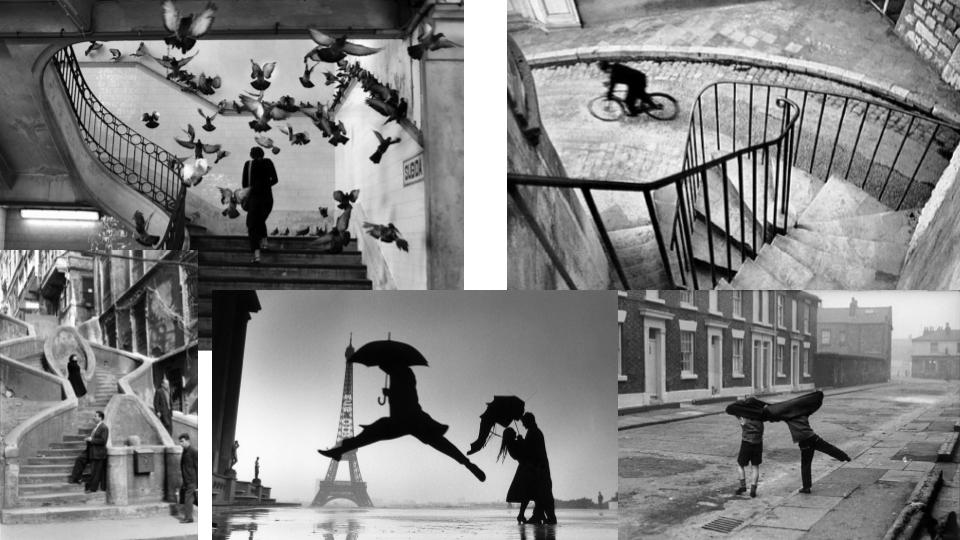
Chosen Image:

Technical:
Visual:
Henri Cartier-Bresson’s contribution to MAGNUM Photo Agency:
Created in 1947 by Robert Capa, Henri Cartier-Bresson, George Rodger, and David Seymour, Magnum Photos today has around 80 members. Martine Franck became a member in 1983.
Magnum Photos is a cooperative wholly owned by its photographer-members. The independence this allows is reflected in the spirit with which subjects are chosen and treated. Magnum photographs are famous for their journalistic and aesthetic qualities. Through its four editorial offices in Paris, New York, London, and Tokyo and a network of fifteen sub-agents, Magnum Photos provides photographs to the press worldwide. At the heart of this activity is a concern to encourage the photographers to carry out their individual projects and to act as sensitive witnesses to world events. The work of Magnum photographers reaches its audience both through the world press and in books and exhibitions.
(The agency is the copyright holder of both Henri Cartier-Bresson and Martine Franck.)
What is a candid photograph?
A candid photograph is a photograph captured without a posed appearance, it can be spontaneous and done without the subject’s knowledge that the photograph was made.
This can be achieved by:
For example:
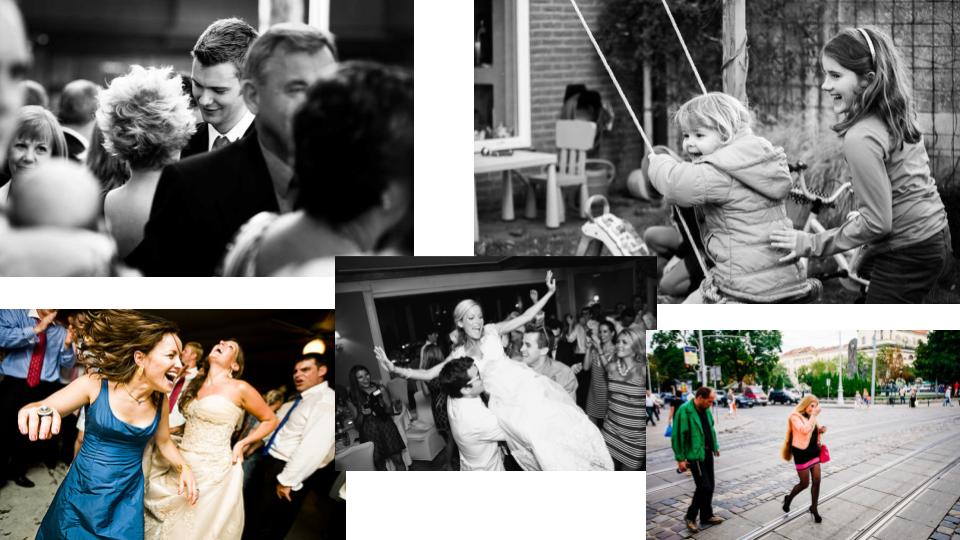
Candid shots can be in colour and are aye-catching and stand out, many photographers make the decision to create black and white images so that standing out relies less on bright colours and presentation and more on the ability to communicate within the image. Factors such as light, perspective and context are very important in black and white candid photographs.
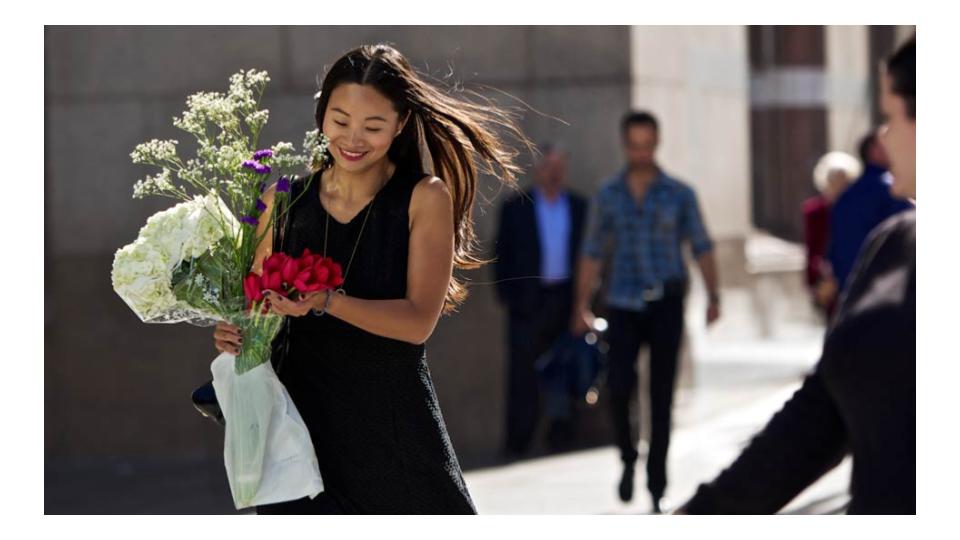

Street Photography Quotes:
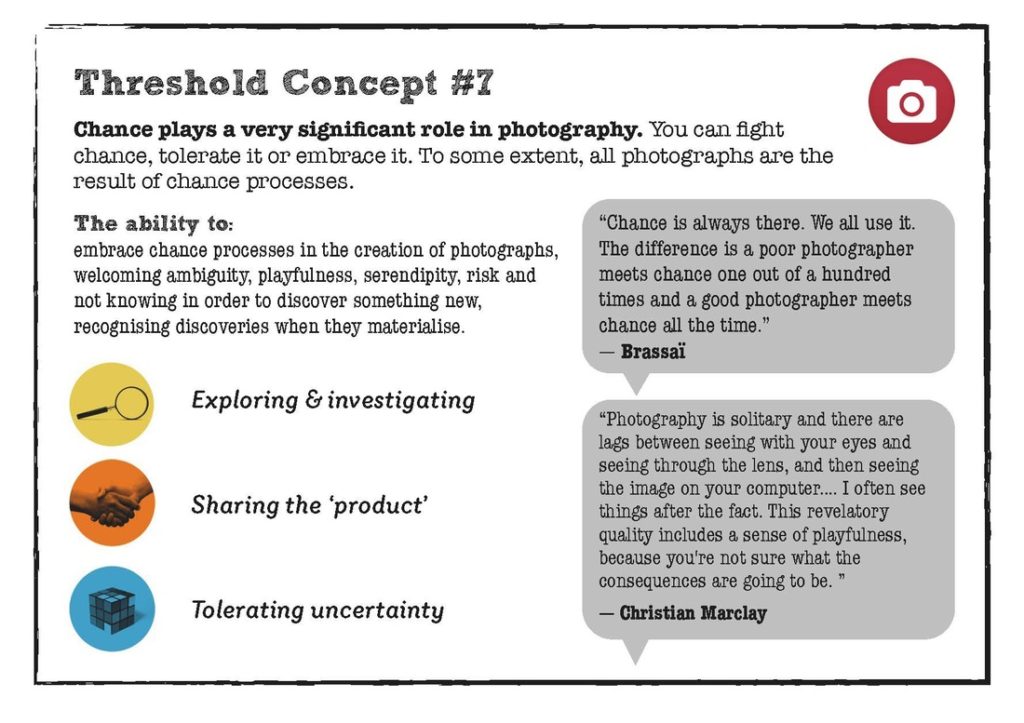
My Response:

Best Images:

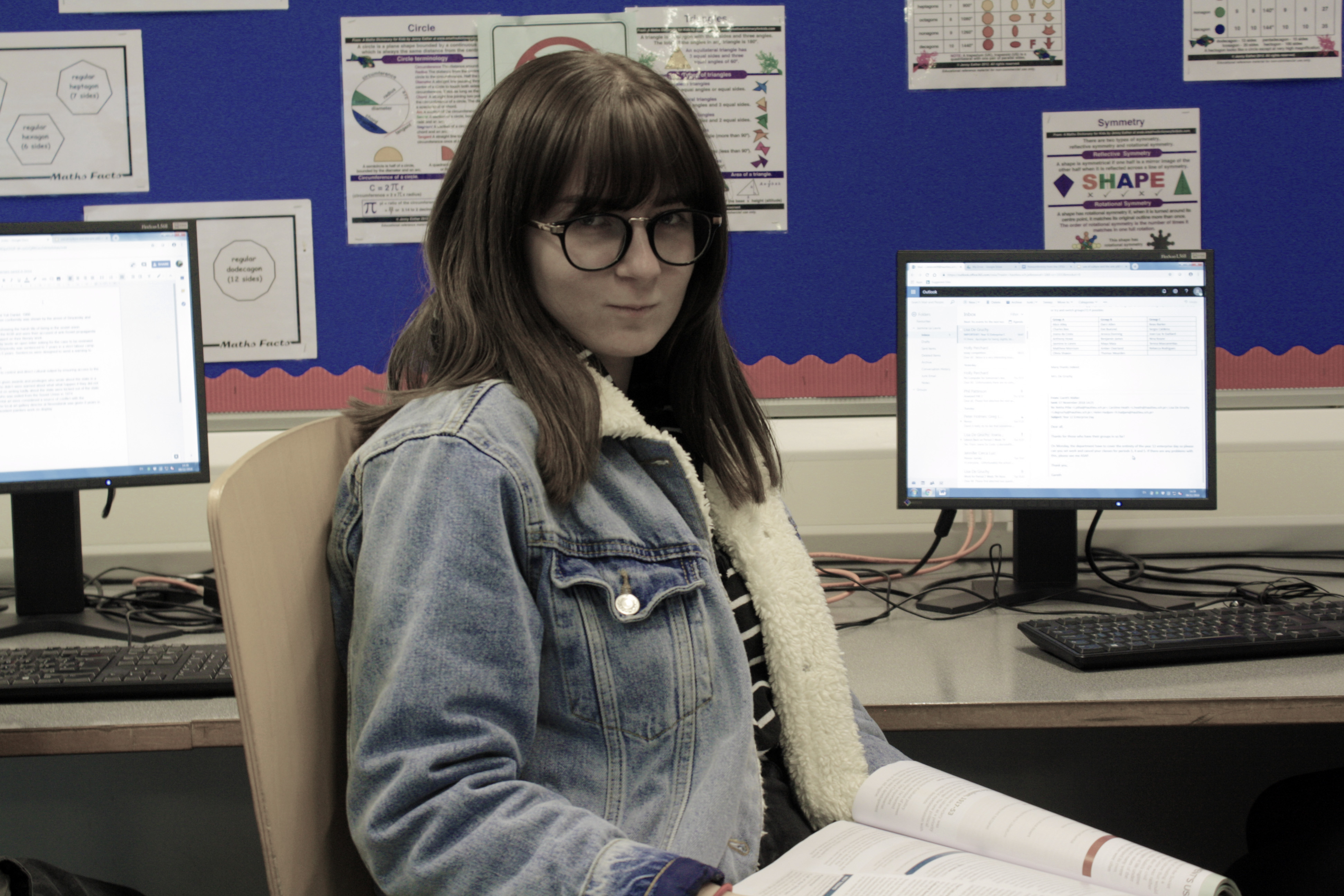
Arnold Newman:
Born in Manhattan (3rd March – 1918), Newman grew up in Atlantic City, New Jersey and later moved to Miami Beach, Florida. In 1936, he studied painting and drawing at the University of Miami. Unable to afford continuing after two years, he moved to Philadelphia to work for a studio, making 49-cent portraits in 1938. Newman then returned to Florida in 1942 to manage a portrait studio in West Palm Beach. Three years later, he opened his own business in Miami.
Arnold Newman is often associated with being the first photographer to use “environmental portraiture”, in which Arnold placed the subject in a carefully controlled setting to capture the essence of the individual’s life or work.
Newman normally captured his subjects in their most familiar surroundings with visual elements representing their professions and personalities (such as tools in a workshop or instruments in a musicians studio). Using a large-format camera and tripod, he worked to record every detail of a scene to create an in depth and accurate image of the subject’s life.
“You don’t take pictures with your camera. You take pictures with your mind and your heart.” -Arnold Newman
Mood Board:
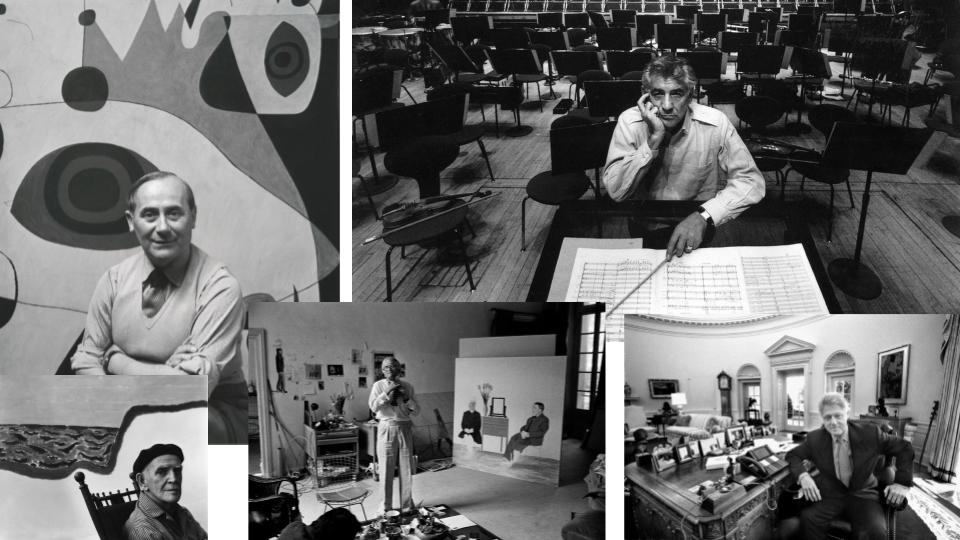
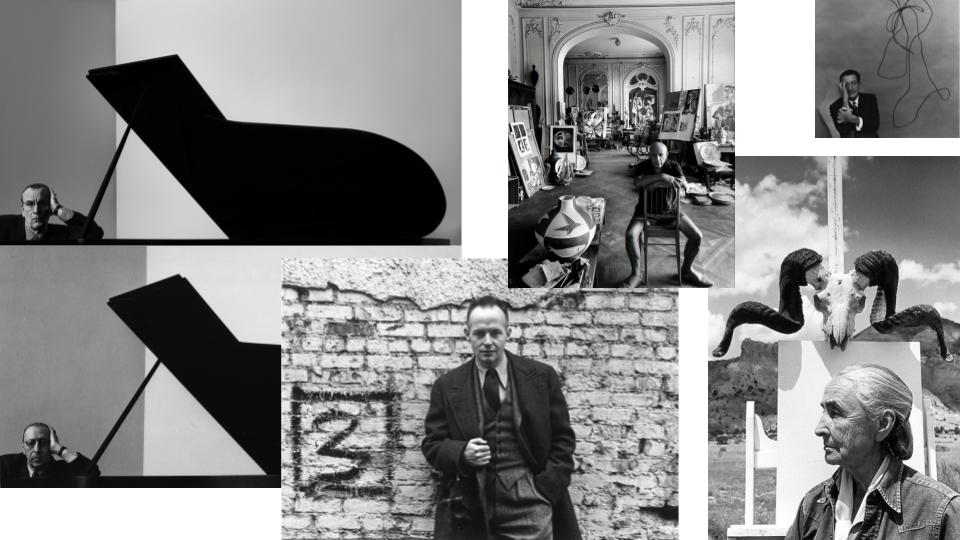
Selected Image:
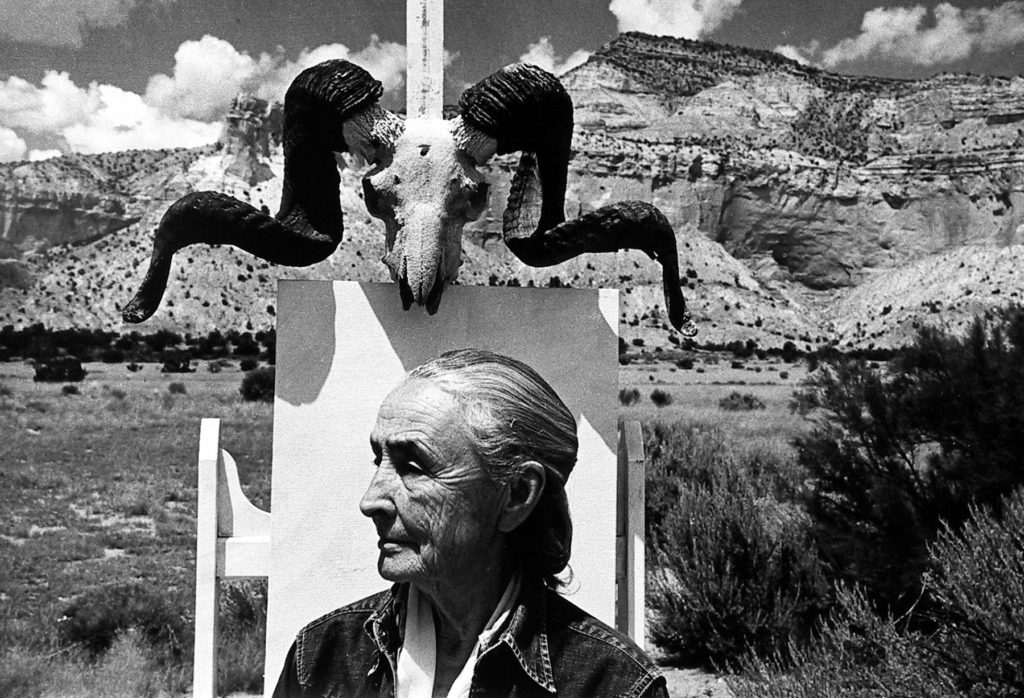
Georgia O’Keeffe, Ghost Ranch, New Mexico, 1968
Gelatin silver print; printed c.1968
9 1/8 X 13 1/2 inches
Technical:
Visual:
Contextual:
Conceptual:
Georgia O’Keeffe:
Georgia O’Keeffe (born 15th November 1887) first traveled to New Mexico in 1929 and moved there permanently in 1949, following the death of her husband, Alfred Stieglitz. Although she achieved early success as a painter living in the East, the landscape of the desert gave O’Keeffe her greatest inspiration.
She often painted familiar subjects such as flowers, buildings, and objects found on walks around her remote home. She did so in a unique way, often transforming common items into colourful pieces of art, focusing heavily on line and form within her work. By the late 1940s O’Keeffe was one of the best-known and original artists in America.
Some of O’Keeffe’s Work:
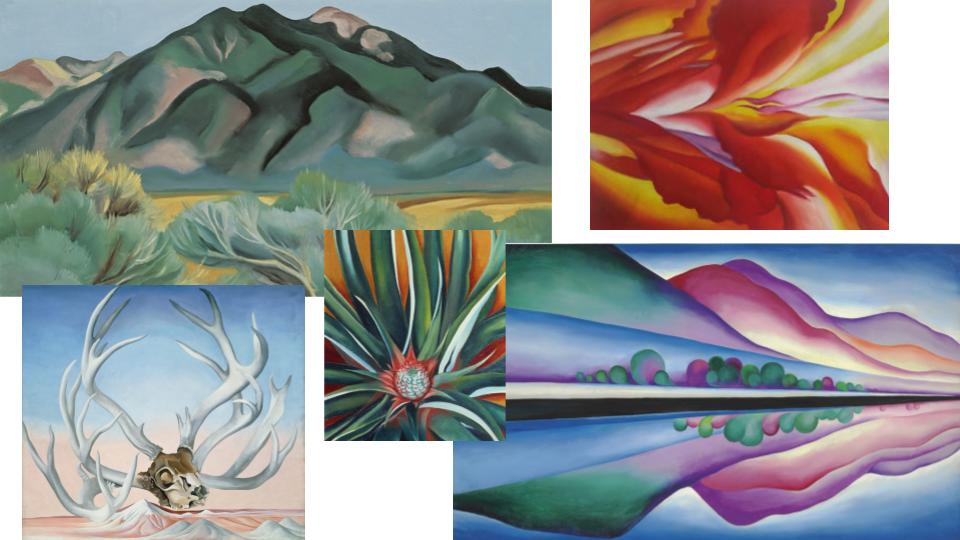
Environmental Portraits:
An environmental portrait is a portrait composed in the subject’s usual environment, such as their home or workplace, and usually highlights the subject’s life/lifestyle/occupation and surroundings.
By photographing a person in their natural surroundings, it better displays their character, and therefore portrays the their personality through their interests and usual setting, instead of just a likeness of their physical features. By photographing a person in their natural surroundings, it also allows the subject to be more at ease and comfortable as it is something that is safe to them and they are used to. This allows the subject to be more likely to express themselves easily and accurately, as opposed to in a studio or posed setting, which can be an intimidating and artificial experience, taking away from the elements of a realistic image.
Mood Board:

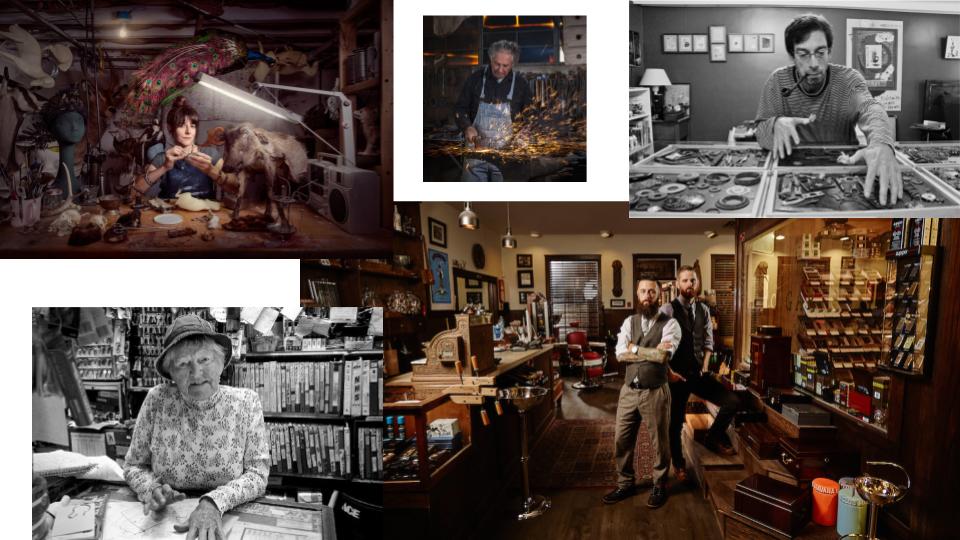
Video/Page Links Below:
https://petapixel.com/2016/04/07/8-tips-making-better-environmental-portraits-natural-light/
Aleatoric Photography:
Aleatoric photography is the incorporation of chance into the process of taking a photograph. The word comes from the Latin word ‘alea’, which means the rolling of dice. “Aleatory” should not be confused with improvisation as it relies purely on chance instead of quick thinking.
One example of aleatoric photography would be smoke photography. Relying heavily on randomness to give it its spark. Photographing smoke is easy although it takes multiple shots for the shapes and swirls of the smoke to look the way the photographer might like. It also depends on what else may be in the photo and how the smoke reacts with the other subjects in the image.
Mood Board: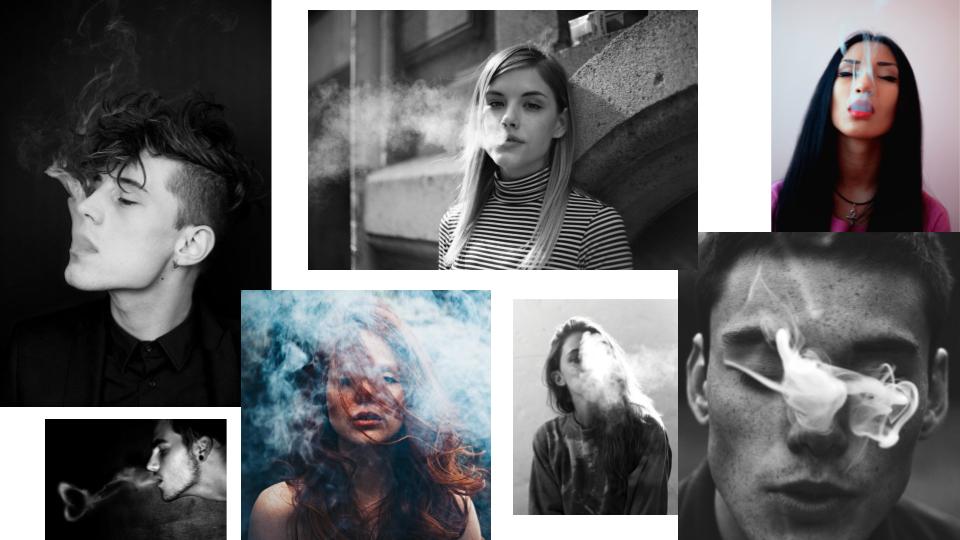
My Response:

Best Images:

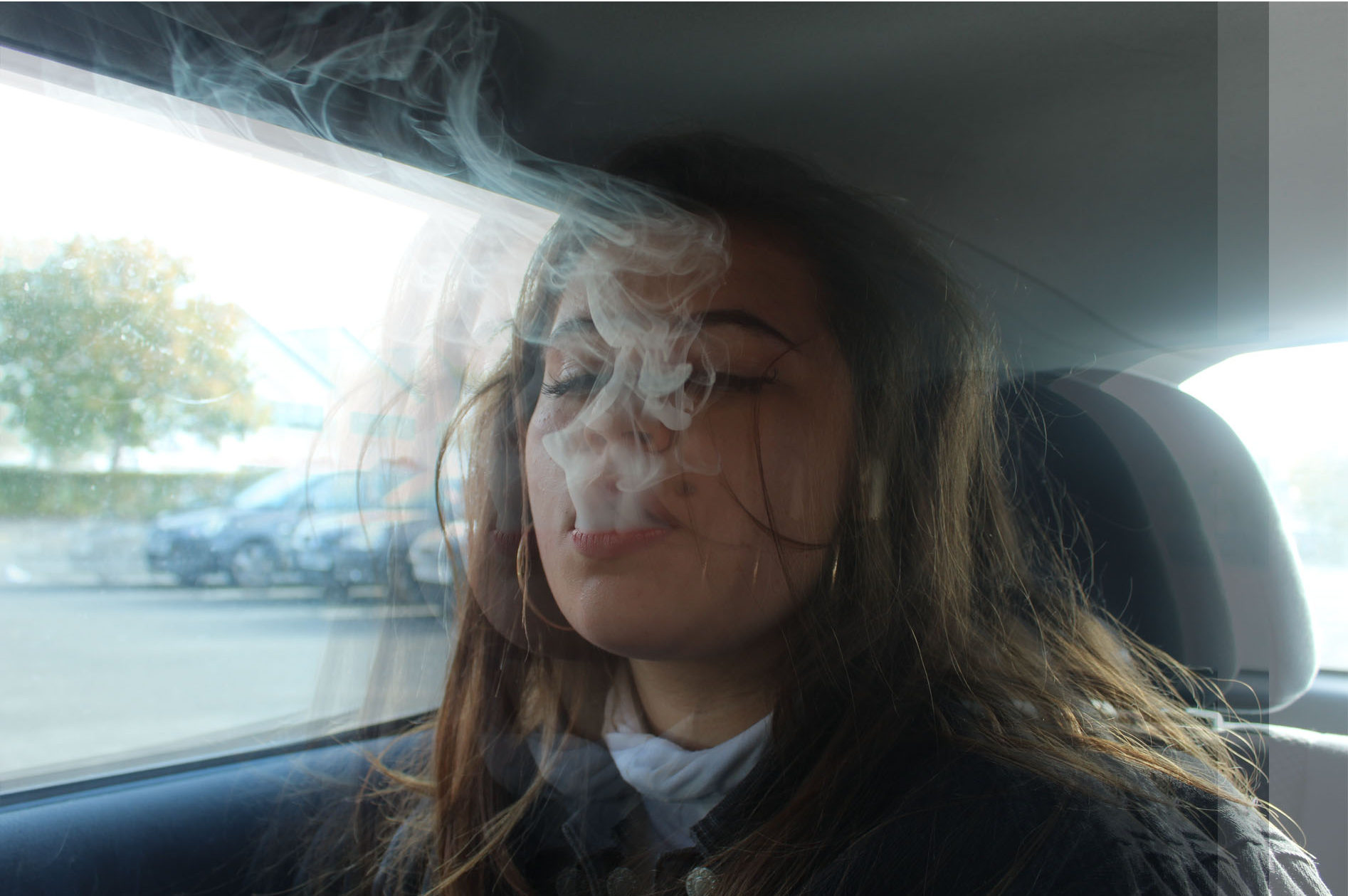
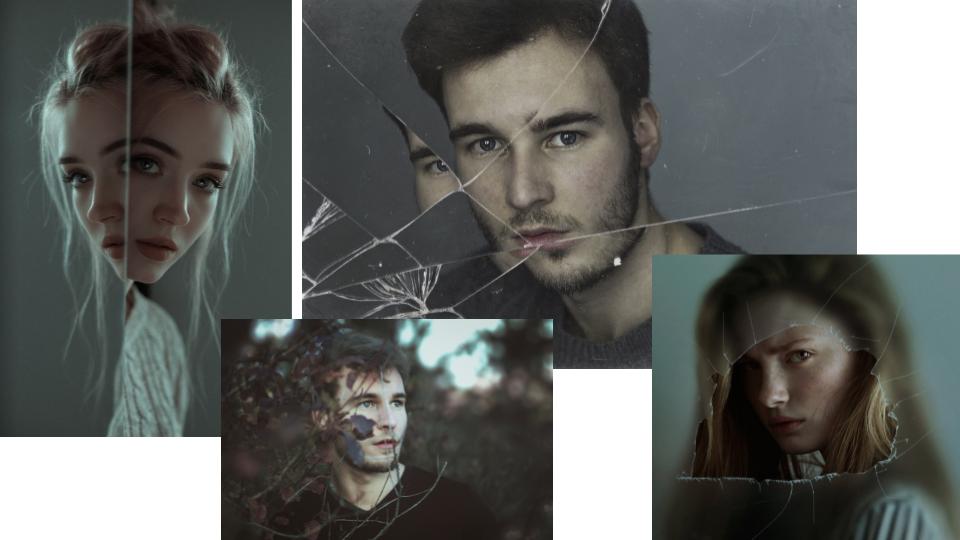
Emotional portraits:
These portraits seem to show some kind of emotional provocation, eg. fear, anger.
The face is slightly distorted yet in all of these images through the use of reflections, focused face with frosted backdrop or objects hindering full view of the face.
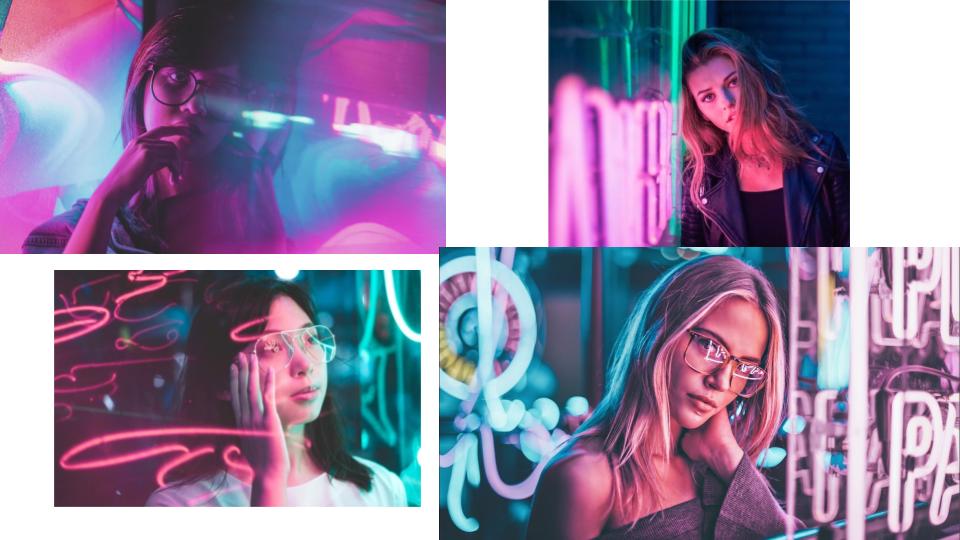
Neon Light Portraits:
These images all show lights and reflections of light creating a fresh and pastel feel.
The sharpness and contrast of the images with the highlighted areas create beautiful cool toned compositions.

UV Paint Portraits:
Extremely vivid and vibrant colours of the UV paints contrasted by the dark tones of the skin.
The colours in the images connote some sense of psychedelic experience.
Alfred Krupp by Arnold Newman
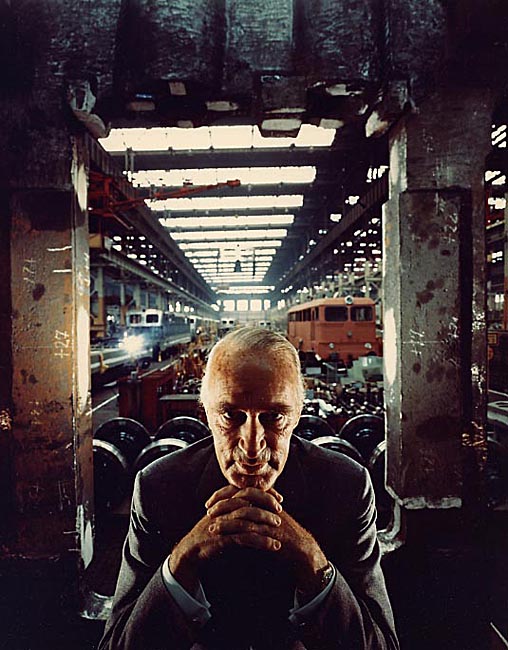
Emotional Response:
Technical:
Visual:
Concept:
Context: